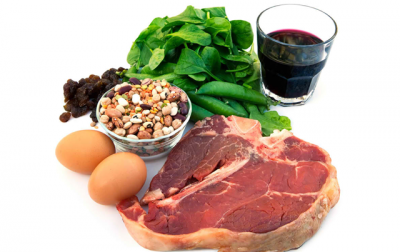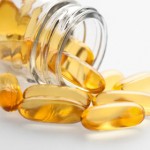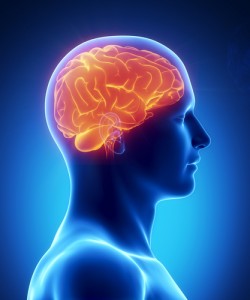Blog Entry #124
By Anthoney J. Andersen – Steroidal.com
Iron is an important mineral that helps the body function properly. However, many people are unaware of the health benefits associated with proper iron intake.
The following will explore the importance of an iron-rich diet, the foods and supplements that contain the highest potency, and the proper dosage for both males and females alike.
Let’s dive in.
WHAT IS IRON?
Iron is a part of all cells and plays many different roles in the human body.
According to the Centers for Disease Control and Prevention (CDC) iron – part of the protein hemoglobin – is responsible for carrying oxygen from our lungs throughout our bodies.
A person who experiences too little hemoglobin is referred to as anemic. Iron also helps our muscles supply and use oxygen.
Iron is associated with many enzymes and is used in many cell functions. Enzymes assist in our bodies’ digestive tract as they help digest foods and other minerals.
When our bodies become iron deficient, other health factors begin to follow.
IRON DEFICIENCY
Iron deficiency – also known as anemia – occurs when a person’s iron levels drastically plummet to an unhealthy stage.
When iron levels are low, your body produces fewer red blood cells, and makes it harder for oxygen to flow smoothly to vital organs.
According to WebMD, here is a list of reasons why a person might be experiencing low iron levels:
- Not consuming enough iron-rich foods.
- Heavy menstrual bleeding.
- Internal bleeding. Ulcers, cancer, or hemorrhoids may cause this.
- Unable to properly absorb iron in your body. This problem may occur if a person has celiac disease or if you’ve had part of your stomach or small intestine removed.
WARNING SIGNS
The symptoms of iron deficiency may not be noticed right away. Anemia tends to develop at a slow rate, so a person’s symptoms may be very mild.
According to the University of Rochester Medical Center, here are some symptoms to look out for if you think you might be anemic:
- Dizzy spells.
- Irritability.
- Headaches.
- Pale complexion.
- Shortness of breath.
- Having trouble concentrating.
Anemia in children must be handled quickly so that mental and behavioral problems do not last long.
PREVENTION
Iron deficiency can be handled in a variety of ways. One way to avoid anemia is to maintain a balanced diet that contains good sources of iron.
A healthful diet may include fruits, vegetables, whole grains, fat free milk, lean meats, fish, eggs and nuts.
In addition to a proper diet, you can also consume foods that aid in the absorption of iron. For example, foods that are high in vitamin C help speed up the absorption rate of iron in the body.
Foods that are high in vitamin C include guava, red bell peppers, oranges, strawberries, Brussels sprouts, tomato juice and mangoes.
PROPER DOSAGE
The dietary reference intake (DRI) for iron for healthy adults is based on age and gender. Menstruating women need more iron because of the amount that is lost during menstrual periods.
According to the National Institutes of Health, the following is the DRI for iron in both children and adults:
| Age | Males(mg/day) | Females (mg/day) | Pregnancy(mg/day) |
| 9 to 13 years | 8 | 8 | N/A |
| 14 to 18 years | 11 | 15 | 27 |
| 19 to 50 years | 8 | 18 | 27 |
| 51+ years | 8 | 8 | N/A |
THE BOTTOM LINE
When you’re not getting enough iron from the food you eat, your body will begin to use the iron it has stored.
If your diet continues to be iron deficient, then it will eventually consume all its stored iron and won’t be able to maintain hemoglobin at a normal level.
Furthermore, if you find yourself becoming anemic, consult your doctor about the ways you can increase your iron intake before it causes other serious health problems.
Know your body.







